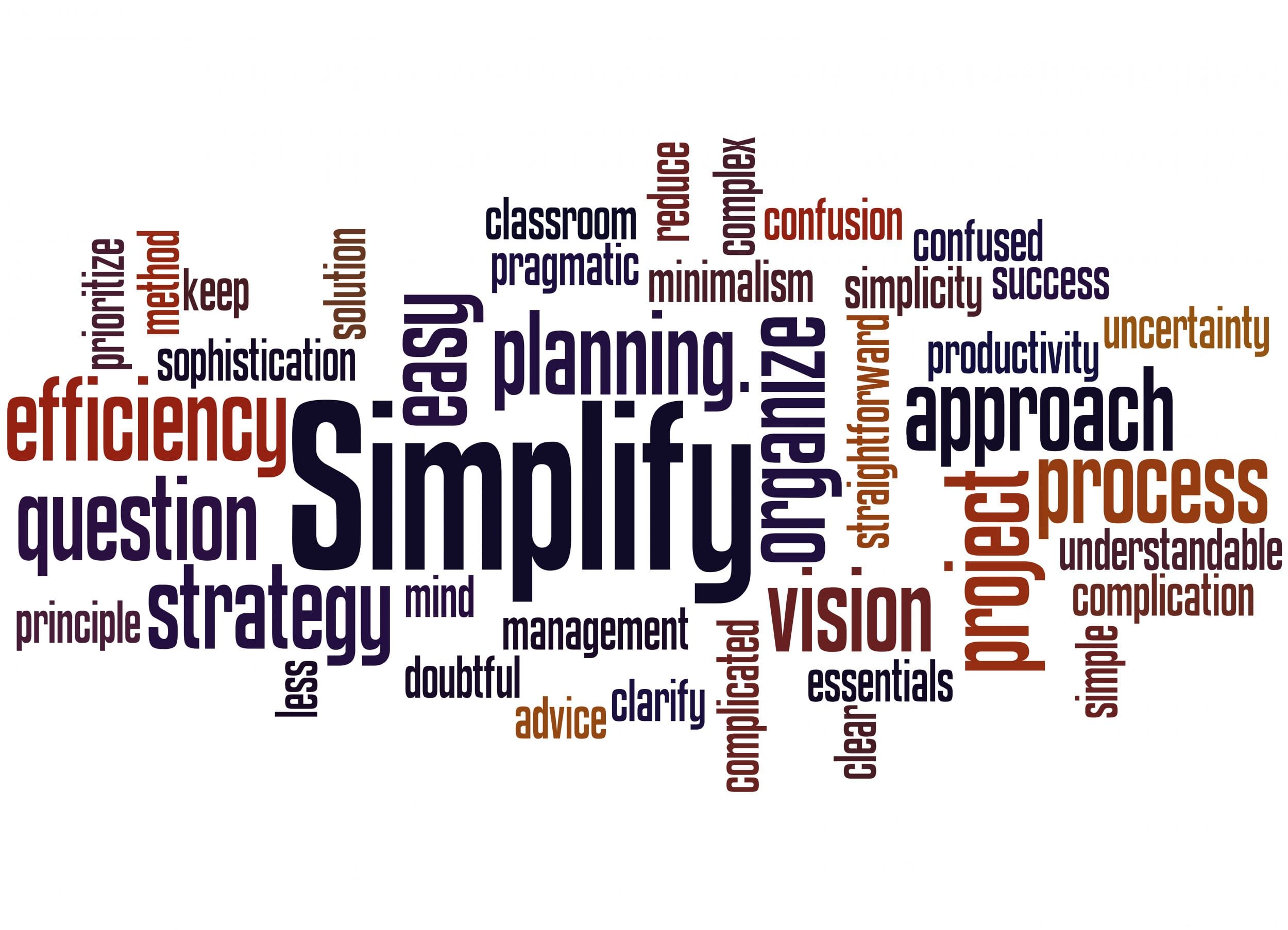How do you develop a Contact Tracing process utilizing an IoT-enabled solution
There are any number of ways for you to design and develop a Contact Tracing process. It can be created and deployed using a series of spreadsheets, process documents, emails, calls and text messages. To help speed up the process and protect the resources necessary to keep it up to date, please consider integrating an IoT-enabled solution that employs a variety of cloud-based technologies that will allow you to keep things current as well as allowing for accessibility and flexibility in connecting devices both at work and at home.
Step 1: Decide how to collect your contact tracing data
If you want to act quickly to prevent one case from infecting a whole department, you will need to keep contact records for all your employees.
Step 2: Build a process that aligns with company policy
- You will need to make your contact tracing data available to your contact tracers – usually your company’s HR and EHS professionals.
- Ensuring your data collection method protects the privacy of employees is crucial. You will also want a clear workflow of triggers so that alerts are delivered swiftly to the right people.
- Finally, you need to make sure data is available in an easy-to-use format so you can quickly protect your workers and meet reporting standards.
Step 3: Manage a successful rollout
The rollout process of contact tracing is vital – if your people don’t buy into it and use it, it won’t be effective.
- Rollouts start with clear communication and a professional change management process.
- Prepare internal experts and external help to ensure you can answer questions quickly.
- Be clear about why – that the virus presents an ongoing threat to your business’s ability to operate.
- Explain what data is captured.
- Explain why your business needs to react swiftly if a case occurs – to keep the your team safe.
- A walk-through of the various IoT-enabled devices and technologies that employees can use to keep their information up-to-date will likely pay dividends in the long-run as more and more employees are working flexible/remote work schedules.
Step 4: Monitor your triggers and analyze your data
When you are up and running, managing a contact tracing solution should be easy to use. You monitor the system usage, and any reports of illness should receive an immediate response, so that you can act on suspected or confirmed Covid-19 cases quickly. With a cloud-based IoT-enabled solution, power-users and stakeholders have the ability to access these updates in real-time which means faster response times.
Step 5: Conducting a contact trace
This is where you determine if your process works or it needs to be tweaked, but here are a few ideas on how to make the process a little more efficient.
- Typically an EHS professional accesses the documents that you’ve set up to collect employee data to look for those who maybe feeling ill, those folks are flagged and details around their interactions are outlined.
- Your team can then contact affected people without any delay. Your contact tables should be easy to filter based on the frequency of contacts made, and the quality of the data.
- Your process should include second degree contacts of those who met the infected person.
Step 6: Reporting & Evaluation
If you want to send bulk emails or SMS messages, or share this data with local Health Authorities, you should be able to download the necessary files and send them along. By integrating with an IoT-enabled application and cloud-based service, third-party connectivity through a data-feed is also a potential option which takes the tediousness of managing multiple spreadsheets out of the equation.







Recent Comments